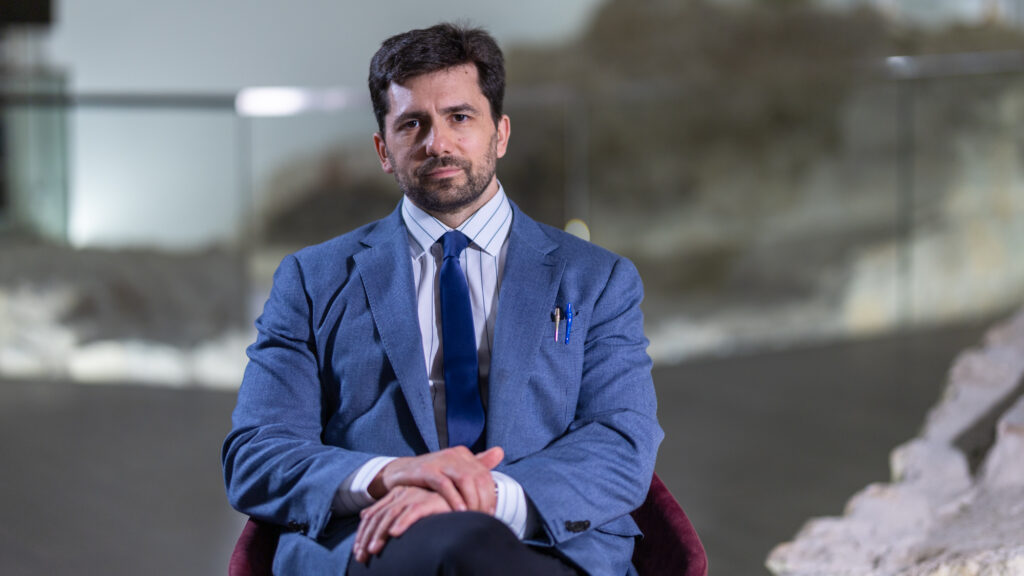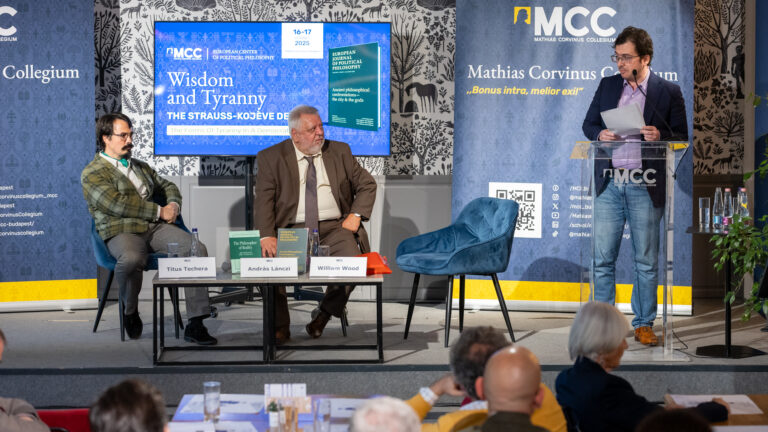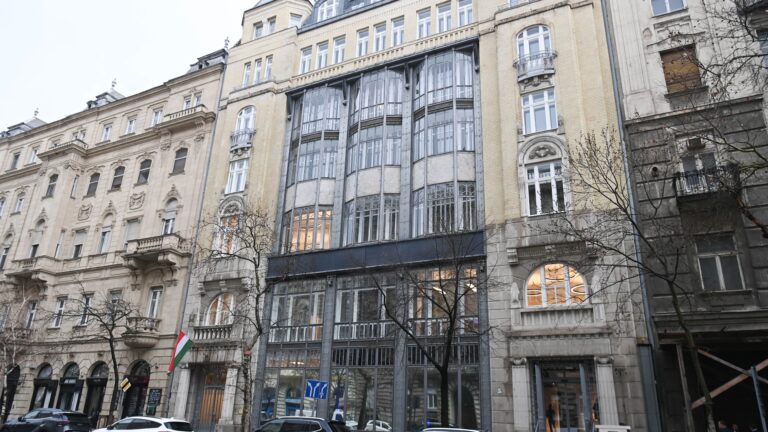Albeit illiterate until the age of 13, by the 1930s Trofim Lysenko (1898–1976) became one of the most famous and powerful Soviet scientists. From the 1930s he was responsible for the entire Soviet agriculture. Between 1948 and the mid-1960s his doctrine, Lysenkoism was taught as the only true doctrine of biology in Soviet education – this doctrine can be summed up as a denial of genetics. Due to his denial of the existence of genes, his policies not only destroyed Soviet agriculture but resulted in famines – while he also silenced all scientists who supported genetics or critiqued him. Due to his policies which resulted in starvation, some believe that there are no scientists who would have contributed to the death of more people as Lysenko did.[1]
Although at Lysenko’s time genetics was a relatively new field of science (the first Nobel Prize for genetics was awarded in 1933), it has already proven to be a fertile, scientifically grounded, and practical field. Nevertheless, Lysenko did not believe in it. He denied the existence of genes and believed that the idea that plants and animals can pass down their genes to the next generation was reactionary. He saw the reproduction of the status quo in it, which he denied as a true communist revolutionary. He believed in the Marxist idea that animals and plants are shaped by their environment – expose any living organism to the right stimuli and it “learns” to do the right thing (just like individuals can be “educated” to do the right thing if they are bought up in the traditions of Marxist ideology). It meant that he believed that plants can be “educated” to grow in unfavourable conditions and yield more.
He denied the existence of genes and believed that the idea that plants and animals can pass down their genes to the next generation was reactionary
One of his main projects was “teaching” peas to grow during the harsh Russian winter, practically on snow, and planting orange trees in Siberia. Among many other absurd believes he also thought that wheat—if grown in the right circumstances—can yield rye ‘which is equivalent to saying that dogs living in the wild give birth to foxes’- according to the entry on Lysenko in the Encyclopaedia Britannica.[2] His experiment of burying wheat under snow before planting was reported to result in higher yield – for whatever Soviet sources worth.[3] He also thought that plants select their mates and that some plants sacrifice themselves for the greater good and the well being of other plants.[4] Considering that the entire Soviet agriculture was dominated by his doctrines, it is probably no surprise after all that his policies contributed to famines not only in the USSR but in communist China as well, when they adopted his teachings.
Although Nicolae Ceaușescu’s wife’s, Elena Ceaușescu’s “scientific” work was not as damaging as Lysenko’s, she is still one of the most prominent fraudulent scientists of the Eastern Bloc. She was praised as one of the most eminent chemistry geniuses of Romania, despite the fact that she was barely literate. She dropped out of school at the age of 14; after her execution (and the collapse of the communist regime in Romania) her former elementary school teacher revealed her grade books and it turned out that she has failed in most of her elementary school subjects.[5] She attempted to obtain a higher educational level by enrolling to a night-school as an adult; however, she was soon dismissed for cheating on her chemistry test.[6] No surprise that throughout “her scientific activities” she failed to correctly recall even the basic formulas recognizable for first-year high school chemistry students.
Despite her lack of education and scientific literacy, she obtained her chemistry PhD in 1967 (two years after his husband became the all-powerful leader of Romania). To cover up the fact that she did not write her own PhD, the Romanian law which declared that all PhD defences must be open to the public, had to be changed. It is widely believed that the person who most contributed to her PhD research was the scientist Elena used to work for as an unskilled worker at the National Institute for Research and Development in Chemistry and Petrochemistry. Most intriguingly there is record of her bachelor degree only after she received her PhD.
Since some of Elena Ceaușescu’s work is still being cited, the group aimed to remove her name from scientific papers or to make her fraudulent work unavailable
Albeit not a real scientist, she was celebrated by propaganda as a prominent, world-famous chemistry researcher. Since a unit of Romanian scientists was forced to write or co-author her works, she did obtain international recognition. Her “achievements” were recognized by the UK’s Royal Society of Chemistry as well as by the Polytechnic of Central London (now the University of Westminster).[7] There are still around two dozen scientific works published under her name, despite a campaign by Romanian scientists late last year to dishonour her as a scientist. Since some of Elena Ceaușescu’s work is still being cited, the group aimed to remove her name from scientific papers or to make her fraudulent work unavailable. However, neither Elsevier nor Taylor & Francis have responded to the group’s request to correct Elena Ceaușescu’s plagiarism and intellectual dishonesty by removing her name from the papers published under her name.
Else than being a fraudulent scientist, there are two things that are common about Elena Ceaușescu and Trofim Lysenko – first, both of them were possessed by Marxist ideology and second, that their social class (unprivileged background) made their elevation “ideologically convenient” for the regimes of the Eastern Bloc. However, their devastating effect on science and human lives demonstrates that people should be elevated into positions of power based on merit and not based on their socio-economic background (or immutable characteristics for that matter). Their success (which was detrimental) purely based on an ideology which praises and wants to elevate the oppressed only for being oppressed, shall be a reminder of the virtues of meritocracy that can select the truly worthy to serve as scientists and leaders.
[1] Sam Kean, ’The Soviet Era’s Deadliest Scientist Is Regaining Popularity in Russia’, The Atlantic, (2017), https://www.theatlantic.com/science/archive/2017/12/trofim-lysenko-soviet-union-russia/548786/, accessed 06.07.2022.
[2] ’Trofim Lysenko’, Britannica, https://www.britannica.com/biography/Trofim-Lysenko, accessed 06.07.2022.
[3] ’Lysenko’s role in the development of agricultural science in the USSR’, VIR, http://vir.nw.ru/history/lysenko.htm, accessed 06.07.2022.
[4] Jo Adetunji, ‘The tragic story of Soviet genetics shows the folly of political meddling in science’, The Conversation, (2017), https://theconversation.com/the-tragic-story-of-soviet-genetics-shows-the-folly-of-political-meddling-in-science-72580, accessed 06.07.2022.
[5] Dzemila Okanovic, Amy Mallory-Kani, Stefan Washietl, ‘Elena Ceausescu: Greatest Scientist Ever — except she was a fraud’, Paperpile, (2021), https://paperpile.com/blog/elena-ceausescu-scientist-fraud/, accessed 06.07.2022.
[6] Unknown, ’Elena Ceausescu’, Academic Kids, https://academickids.com/encyclopedia/index.php/Elena_Ceausescu, accessed 06.07.2022.
[7] Melissa Davey, ‘A moral issue to correct’: the long tail of Elena Ceaușescu’s fraudulent scientific work’, The Guardian, (2021), https://www.theguardian.com/world/2021/dec/22/a-moral-issue-to-correct-the-long-tail-of-elena-ceausescus-fraudulent-scientific-work, accessed 06.07.2022.





